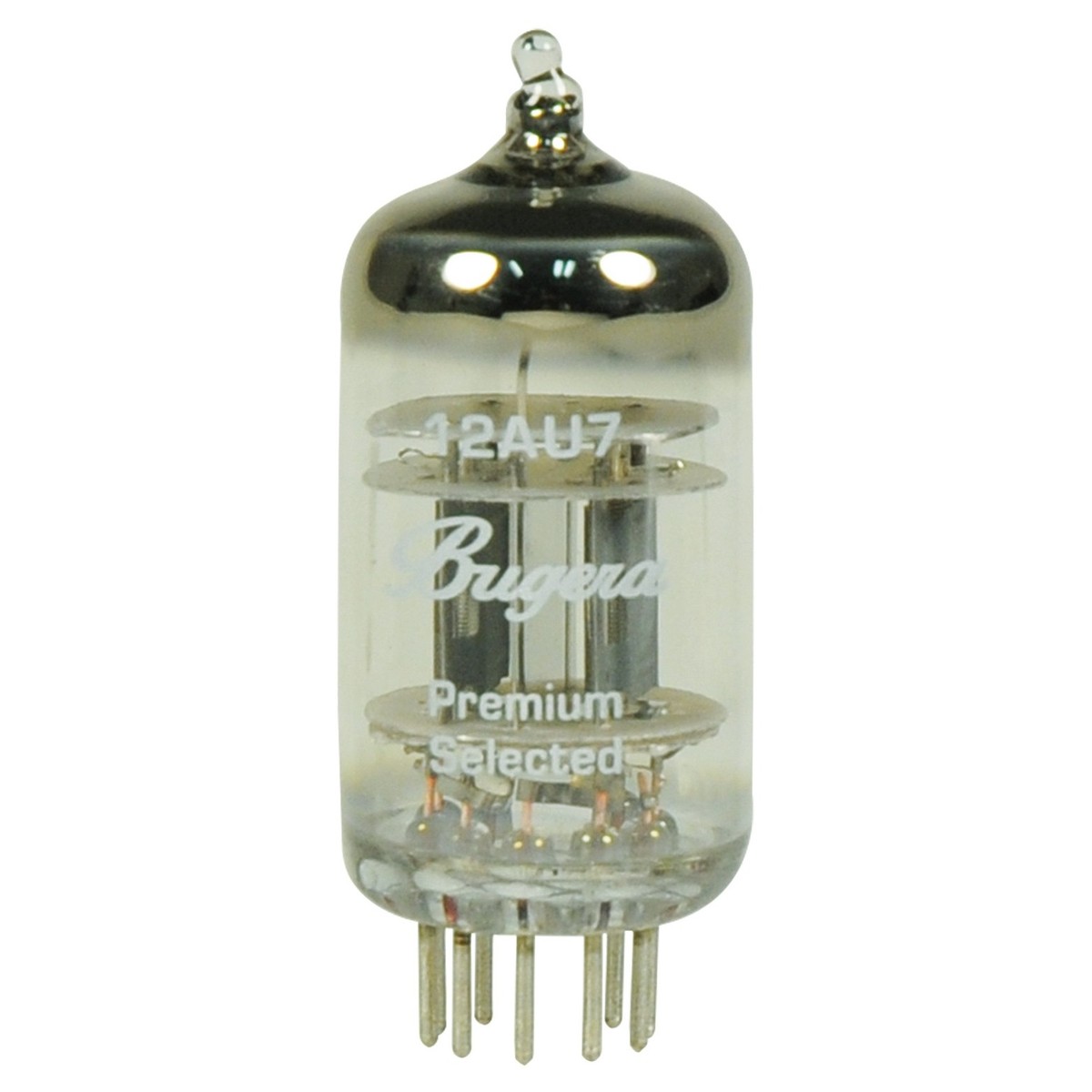
By Ed Malaker
Posted 06/28/2019
One of the most common problems associated with a tube amplifier is replacing a faulty tube. This is largely because there are many different types available, and many have multiple names. In this post, we are going to look at one of these confusing examples: ECC82 and 12AU7 tubes.
The 12AU7 (Fig 1) is a preamp tube that’s part of the same class that includes the 12AX7 and the 12AT7. Of these three, the 12AU7 provides the least amount of gain. Because of this it is rarely used in guitar preamps and is much more commonly found in the reverb section of the amplifier. An advantage of the lower gain is an increase in headroom, leading to less distortion and making the 12AU7 an excellent tube for amplifying a headphone amp or other hi-fi audio equipment.
Fig 1
If you find yourself in the market for a 12AU7, you will quickly discover the ECC82 tube (Fig 2), and this discovery can lead to some confusion. The confusion can stem from the fact that the 12AU7 and the ECC82 are the same tube with different names. The 12AU7 name is its American or “common” name while the ECC82 title is its European name and Mullard Phillips tube designation. There is no difference between the components of the two tubes and they are interchangeable.
Fig 2
FAQ
How Long Do 12AU7 Tubes Last?
12AU7 tubes only deal with tiny currents and voltages, so, they are unlikely to become faulty during the lifetime of the amplifier. Some manufacturers claim their 12AU7 tubes have a life expectancy of more than ten thousand hours.
What Are 12AU7 Tubes Used For?
Hi-fi audio systems use 12AU7 tubes, because they resist adding distortion to an audio signal. They also power many headphone amps and several DIY tube effect pedal kits.
What Does a Tube Preamp Do?
A tube preamp is at “the beginning” of your amplifier, and it takes a weak audio signal, usually from a guitar or bass, and gives it an initial amplification to prepare it for the rest of the circuitry in the amplifier. This section of the amp leaves a permanent mark on the audio signal and is a critical part of the final tone.


